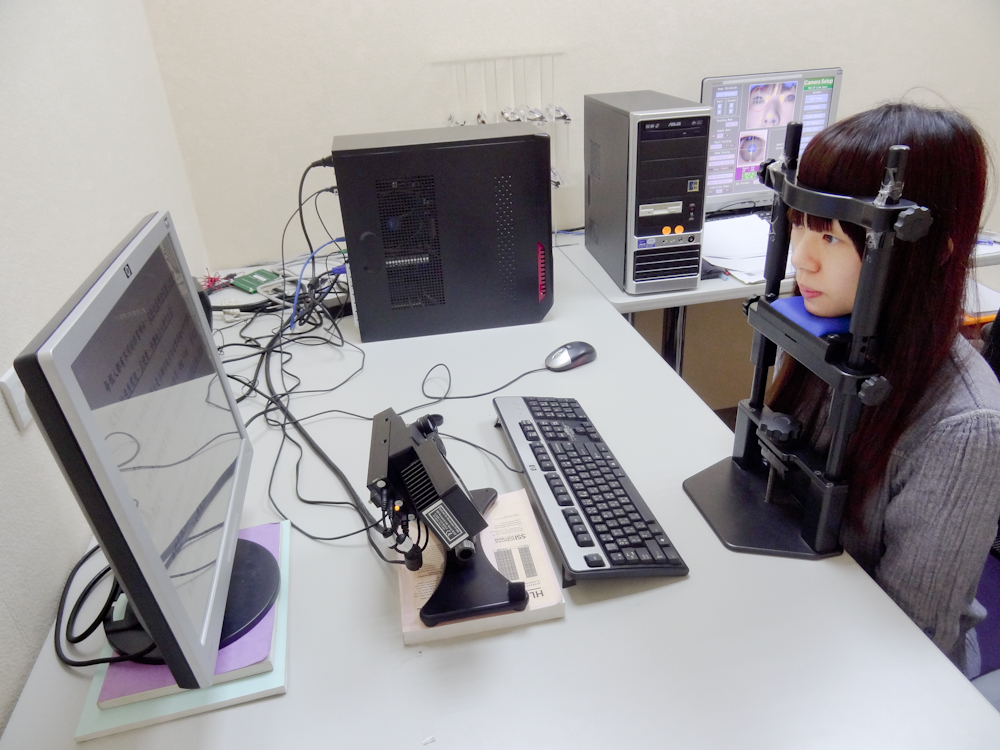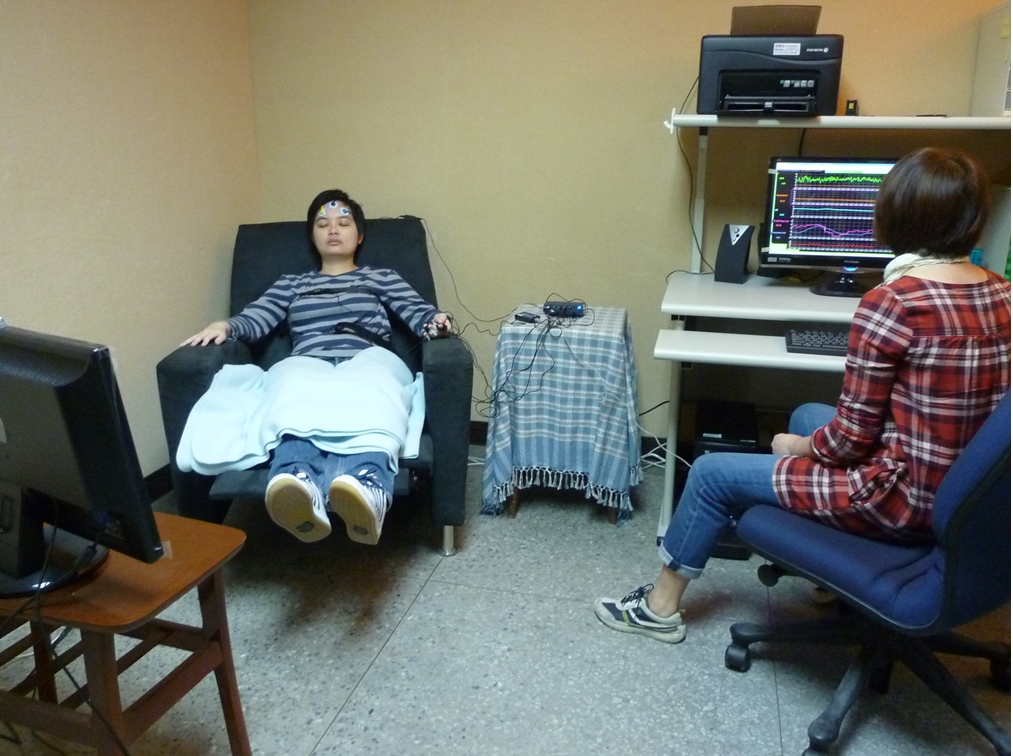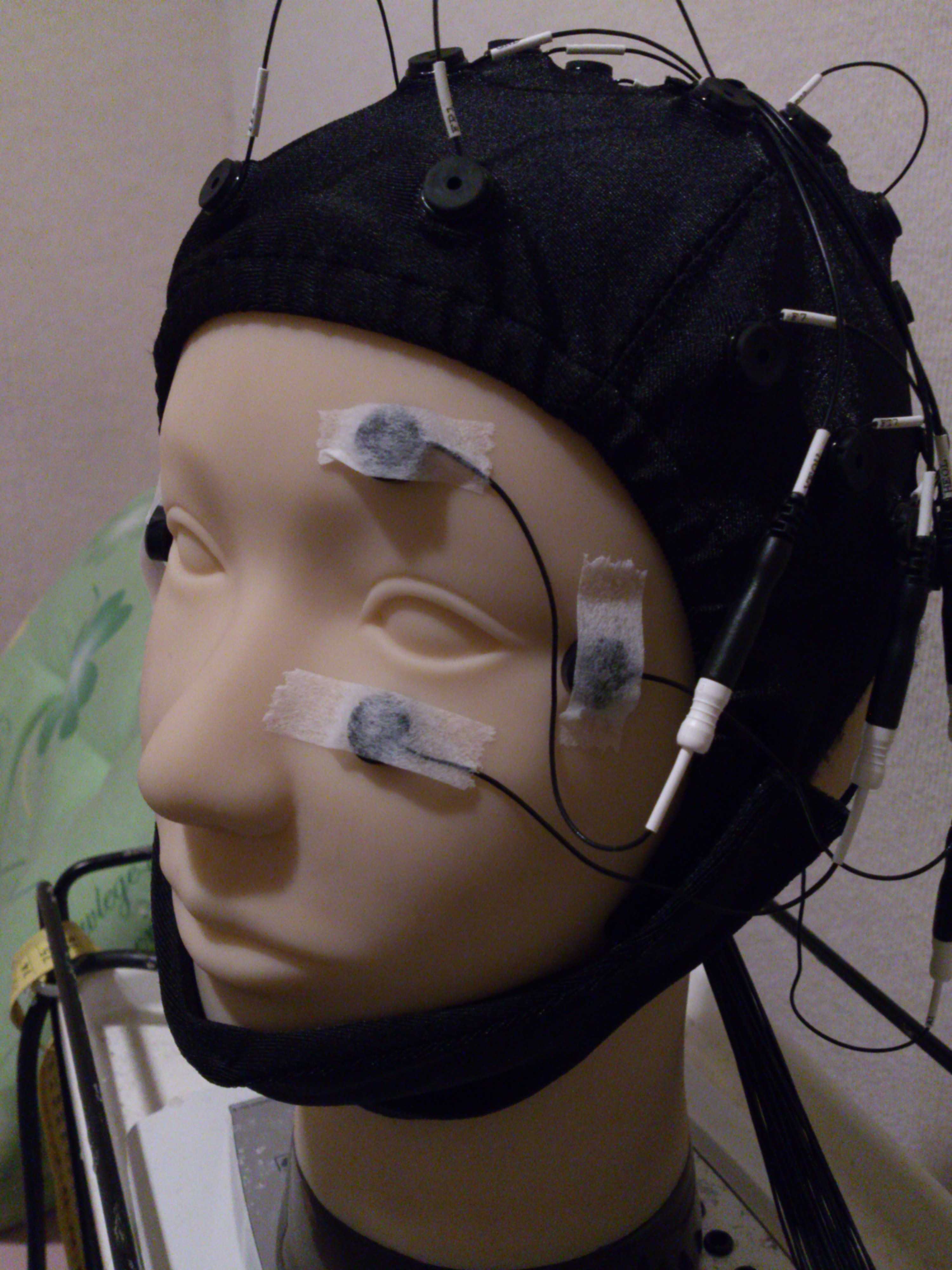View count:
22618
Introduction
Educational Neuroscience (EN) integrates neuroscience, biology, cognitive science, and education. It aims to provide the basis foundation for the design of teaching materials, and the development of teaching strategies based on evidence from brain neurophysiology, as well as the understanding of the student learning process and human physiological mechanisms. The course aims to incorporate physiological potential, cognitive learning theories, teaching systems, and educational research in order to maximize students’ learning effectiveness.With the rapid development of technology and increasingly sophisticated tools for measuring and studying brain science, educational issues can be addressed from the knowledge of brain development and function in the future. Currently, countries around the world are actively exploring this promising field of study. National Taiwan Normal University (NTNU) realizes that the integration of brain science and education is the trend of the times, and has set up eye trackers, electroencephalography(EEG), a biofeedback device, and a behavioral laboratory in the Educational Neuroscience Laboratory. The research team understands complex cognitive processes such as language, reading, mathematics, humor, emotion, and more from an operating brain can address educational issues and complement the lack of information in the past while bringing new visions to the field of education. Many existing research results have been published in famous journals in Taiwan and abroad.
Introduction of the Educational Neuroscience Laboratories
| Eye Tracking Laboratory |  |
The Eye Tracking Lab of the Department of Educational Psychology and Counseling, National Taiwan Normal University, was established in 2006 and had built two sets of eye-tracking systems: Eyelink Desktop/Remote and Tobii X 120, to conduct various eye-tracking studies related to cognitive learning processes according to different research purposes. Eye-tracking technology can be used to track the trajectory and timing of eye gaze or movement, and to record the pupil state. Related research data has been widely used in neuroscience, psychology, industrial engineering, human factors engineering, marketing/advertising, computer science, and many other fields. |
| Physiological Feedback Laboratory |  |
The physiological feedback laboratory is equipped with NeXus-10 Wireless Biofeedback and Thought Technology. By observing the changes in physiological values, therapists can see the physiological responses of clients in different situations and select appropriate indicators as treatment goals. For example, if the muscle tension is too high in a stressful situation and cannot be recovered in a relaxation phase, the therapist will select "muscle tension" as the feedback indicator. |
| Electroencephalography(EEG) Laboratory |  |
The Brainwave Lab was established in 2008 with the support of NTNU's Educational Evaluation and Development Center and the Ministry of Education on Teacher Training Program. The laboratory is equipped with Electroencephalography (EEG). The EEG has a high temporal resolution (up to 1 in 1000) and can observe transient brain dynamics. The EEG can explore research topics where behavioral indicators were not sensitive enough in the past or where subjects were unable to respond cognitively. |


